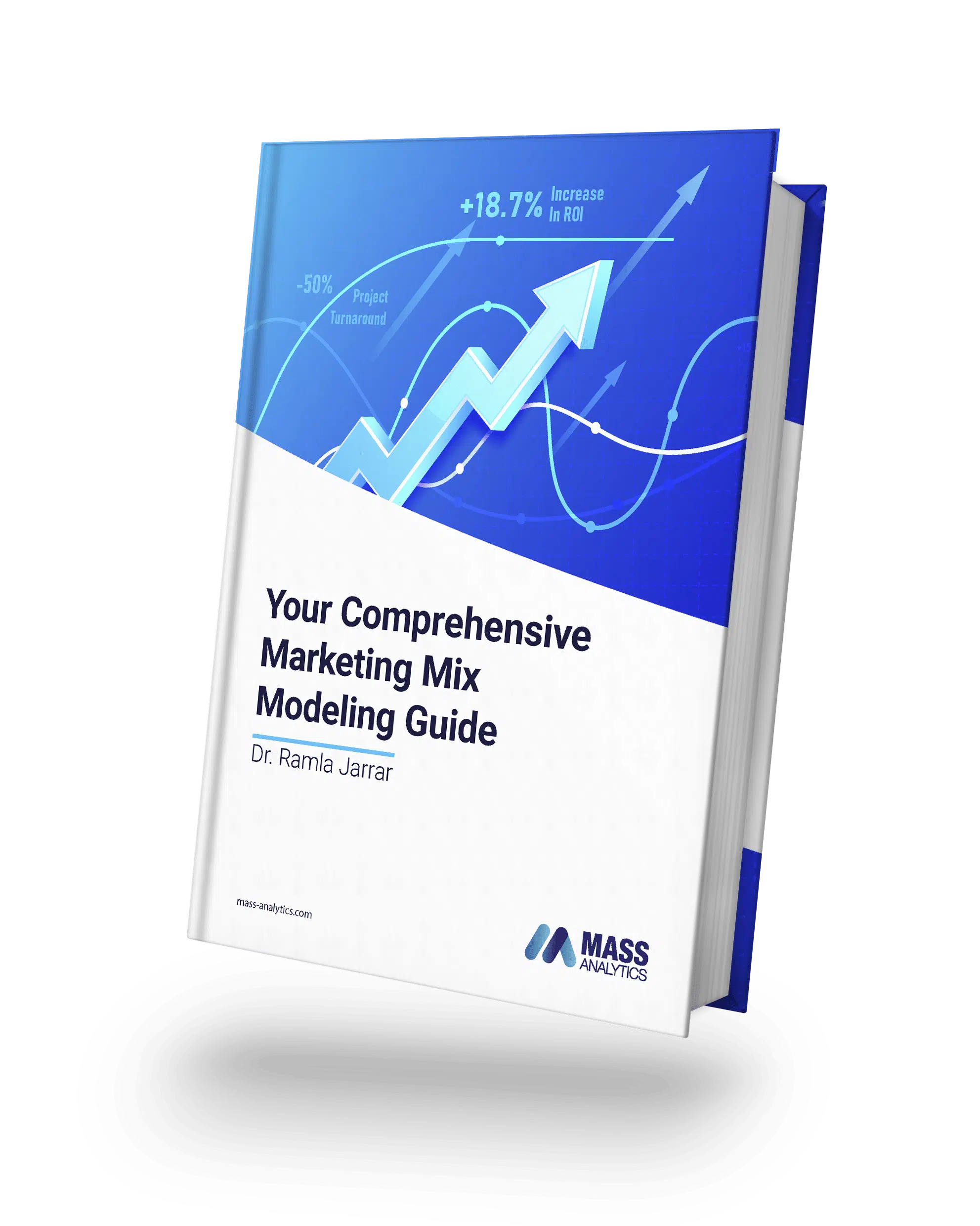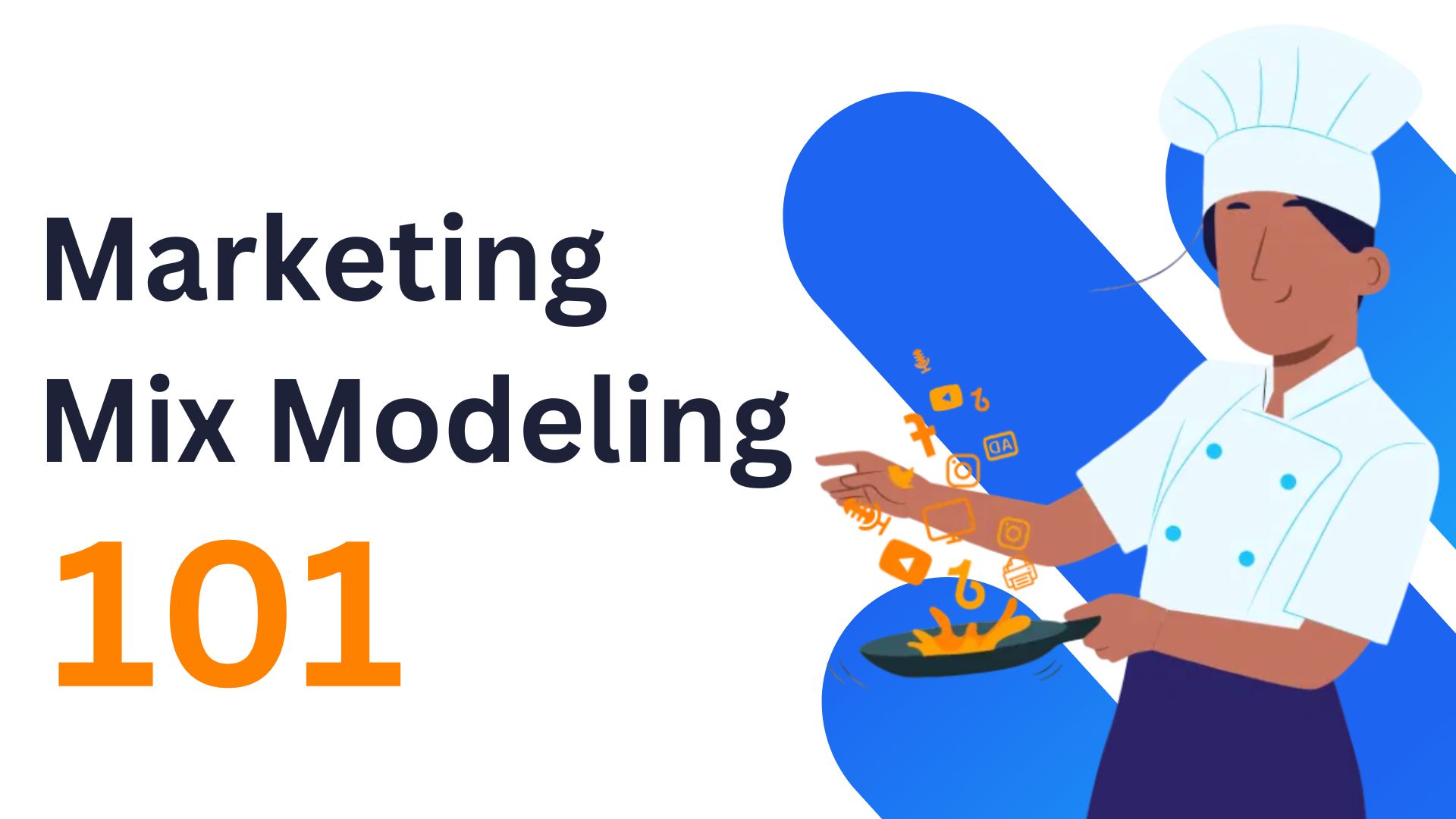Maximizing Executive Support for Your Marketing Mix Modeling Results: A Strategic Guide
So you have completed your Marketing Mix Model and are about to present your findings to the company leadership.
Everyone in the room is looking up to you for insights. (No pressure.) You go ahead and present your ROIs, contribution percentages, AVM, forecasts and what have you… As you’re speaking, some faces turn confused. When you finish, you get a good round of applause. Maybe it’s all good after all?
“Thank you for your amazing work, but I think we still need more data before we follow up with this.”
In the end, the team decided to increase the Search budget by 23% based on what the last-click attribution digital report suggested! And just like that, all your work has gone for naught…
Believe it or not, this happens more often than you think.
Getting senior leaders to follow your MMM recommendations can be a challenge. In fact, two-thirds of CEOs have ignored data-driven insights, because they have contradicted their own intuition or experience, according to KPMG’s 2018 CEO Global Outlook Report.
There are many reasons for this. It may be unfamiliarity with methodologies being used, a traditional work culture, or even arrogance. But most likely? It comes down to a lack of understanding of the business and insufficient communication with your project stakeholders.
To avoid such a scenario from ever happening, we strongly recommend you structure your modeling around three iterations, like this:
- Initial model build
- Iterating based on client feedback
- Final tweaks
Each iteration should involve the client (client meaning the stakeholder you are accountable to, whether internal or external) and aim to gather as much feedback as possible to incorporate into subsequent iterations. This way you ensure no surprises for both parties when results are presented.
The client should also be leveraged as a sounding board for hypotheses generation and to collect additional insights.
During these iterations, it is crucial to evaluate both the statistical and commercial aspects. Just having a robust statistical model is insufficient; it is equally important that the findings and output of the Marketing Mix Model resonate well with the client.
You can impress them with metrics and numbers, but if they don’t agree with your findings, you lose the battle.
Iteration I: Initial Build
In this iteration, make sure that all the necessary data preparation and transformations have been performed to create the required features. This enables the analyst to promptly execute automated modeling, generating an initial equation or model that adheres to standard statistical constraints.
Following this, the analyst should make slight adjustments to the solution provided by the automated modeling to ensure the inclusion of commercial constraints. This process ensures that both statistical and commercial considerations are accounted for.
This process can take a long time and usually requires much back and forth with the different stakeholders included in the model build. Having the right Marketing Mix Modeling software for this iteration can make it a thousand times easier.
The final output, which includes these tweaks, will then be presented to the client team. The objective of presenting this output to the client team is to obtain their feedback about the statistical and commercial impacts of the equation. This feedback is invaluable in understanding the equation’s implications for their business.

Iteration II: Integrating Client Feedback
In this second iteration, the team should carefully incorporate the client’s feedback into the model and enhance it with an additional layer of commercial understanding, based on the discussions held. They should also conduct simulations a nd further assess the robustness of the model.
This process can take a long time and usually requires much back and forth with the different stakeholders included in the model build. Having the right Marketing Mix Modeling software for this iteration can make it a thousand times easier.
The final output, which includes these tweaks, will then be presented to the client team. The objective of presenting this output to the client team is to obtain their feedback about the statistical and commercial impacts of the equation. This feedback is invaluable in understanding the equation’s implications for their business.

By collecting and incorporating client feedback, conducting simulations, optimizing the model, and addressing the client’s expectations, the team can refine and improve the overall model to ensure its effectiveness and relevance to the client’s specific requirements.
Once these steps are completed, it is important to reconvene once more with the client team and gather their feedback, particularly regarding the ROIs, contributions, hierarchy of the sales drivers, and whether the model aligns with their expectations for driving sales.
It is strongly recommended to compile meeting minutes at the conclusion of each meeting and share them with the client.
This ensures that both parties are aligned in their understanding of the objectives and any necessary changes.
Iteration III: Final Tweaks
In this third iteration, the focus shifts towards refining the model rather than building it further. By the end of the second iteration, the model would have been finalized, incorporating all the feedback gathered from the client. At this stage, the emphasis is on extracting the required results and insights from the model.

The team will wrap up the modeling process by ensuring project cleanup and extracting results at the desired granularity specified by the client. Simultaneously, the team will begin documenting insights and recommendations. Additionally, if requested by the client, any optimization results will also be included.
The final step involves presenting the results to the client in the form of a final deck or presentation. From there, further follow-up and discussions will be organized to address any remaining matters and ensure that the project concludes successfully.
At MASS Analytics, we put a lot of emphasis on being agile and iterating consistently. We believe it is essential for the success of an MMM project. Not only for the modeling stage but for optimization as well







